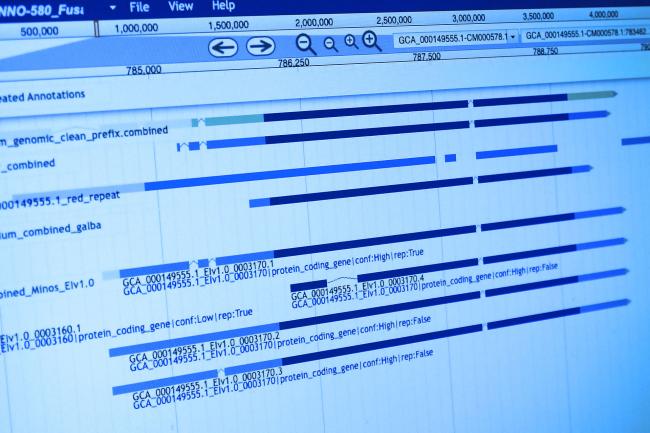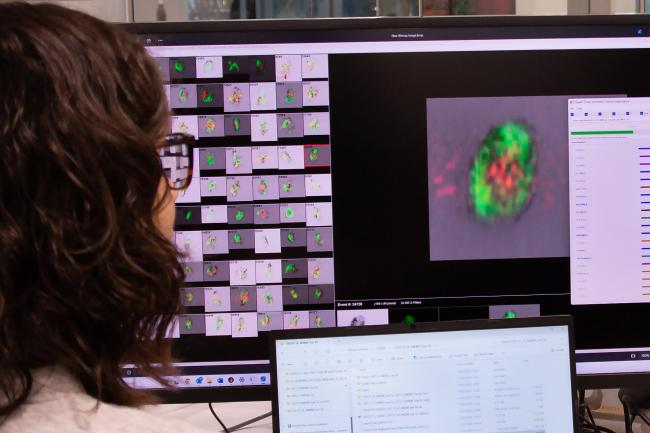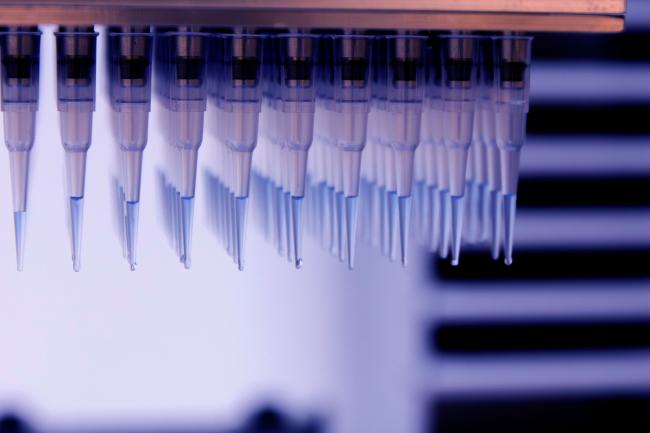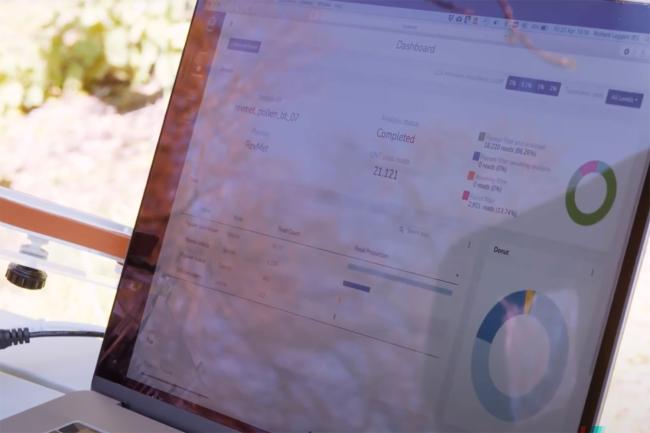
NanoOK is the first open-source tool that provides comprehensive alignment-based quality control and error profile analysis for the MinION platform. NanoOK’s main output is a detailed PDF report featuring graphs and tables of sample analysis data. Individual graphs are also available to include in publications and presentations and the raw data is available for users to perform additional custom analysis.
The tool currently supports four popular Nanopore aligners but is easily extensible through a Java programming interface. It also handles metagenomic sampling gracefully, due to support for multiple reference sequences and the output report PDF benefits from programming language R’s graphical capabilities, for at-a-glance reporting of large data volumes.
The MinION is a compact, portable device, smaller than a typical TV remote control and produces long reads in the kilobase length range. A USB-connected device, its compact size and portability makes it ideal for low-cost research fieldwork. NanoOK’s comprehensive alignment-based error profiling enables researchers to understand data quality, the effect of different alignment tools and to understand the effect of updates to the MinION’s chemistry and software.
Lead author Dr Richard Leggett, Project Leader in the Data Infrastructure & Algorithms Group at EI, said: “The speed of change within the MinIon Access Programme (MAP) is rapid and a tool such as NanoOK can help researchers to understand and evaluate changes. This will be crucial as anticipated updates are rolled out, such as the ‘fast run mode’ announced at Oxford Nanopore’s May London Calling event.”
“NanoOK provides comprehensive alignment-based analysis of Nanopore reads through a simple, easy to use interface. During our progress through the MAP, we have found it to be an invaluable tool for understanding the data emerging from the sequencer and we believe it will have wide applicability to other groups working with the MinION.”
The paper, titled: NanoOK: "Multi-reference alignment analysis of nanopore sequencing data, quality and error profiles" is published in Bioinformatics.
EI is strategically funded by BBSRC and operates a National Capability to promote the application of genomics and bioinformatics to advance bioscience research and innovation.














